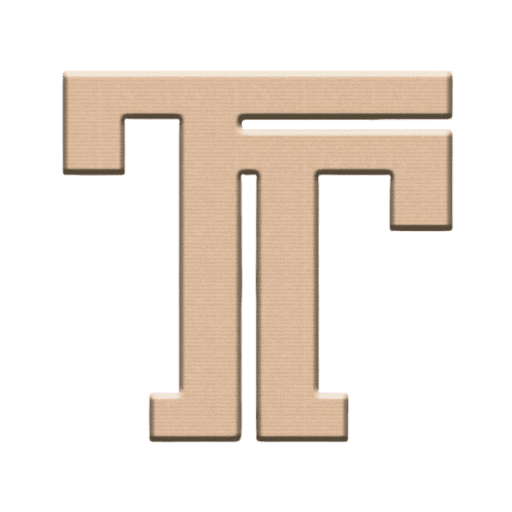FIT5125/4005 Semester 2, 2025
IT Research and Innovation Methods
Assignment 2
This assignment uses the Monash University standard grading schema, see: https://publicpolicydms.monash.edu/Monash/documents/1935755
|
N (Fail( |
P (Pass) |
C (Credit) |
D (Distinction) |
HD (High Distinction) |
|
Lack of satisfactory demonstration of fundamental knowledge, skills and expected attributes. |
Demonstration of fundamental knowledge, skills and attributes at a satisfactory level. |
Demonstration of fundamental knowledge, skills and attributes at a proficient level, showing fluency in concepts |
Demonstration of extended knowledge, skills and attributes at a superior level, showing fluency and emerging originality and integration of concepts |
Demonstration of extended knowledge, skills and attributes at an exceptional level, showing fluency, originality and integration of concepts. |
|
0-49% |
50-59% |
60-69% |
70-79% |
80-100% |
Task A: “Descriptive Analysis of Kluster Conditions” (13.5 marks / 30%)
● Research Question
○ Clear, specific, and testable research question
○ Appropriately focused on differences between the four experimental conditions
○ Relevant to participant engagement and interaction patterns in the Kluster system
○ Demonstrates understanding of the study context
● Descriptive Metrics
○ Selection of appropriate descriptive metrics that reveal meaningful differences across conditions
○ Correct calculation of metrics for all four conditions
○ Clear presentation of variables/fields used from the dataset
○ Appropriate justification for why these metrics were chosen
○ Metrics are relevant to the research question
● Visualization
○ Appropriate chart type for the data and research question
○ A clear comparison of all four experimental conditions
○ Fully annotated (title, axis labels, legend, units)
○ Visually clear and easy to interpret
○ Professional presentation quality
● Narrative Description
○ Clear connection between findings and the research question
○ Effective integration of both metrics and visualisation in the narrative
○ Thoughtful discussion of what the differences/similarities suggest about participant behaviour
○ Connection to implications for designing better collaboration systems
○ Coherent and well-structured writing
Task B: “Inferential Analysis of Communication Patterns” (13.5 marks / 30%)
● Hypothesis Formulation
○ A clear formulation and expression of the research hypothesis
○ The hypothesis is testable using inferential statistics
○ Realistic to test with the provided data
○ Relevant to communication patterns in Kluster
○ The null hypothesis is correctly stated
● Variable Identification
○ Independent variable(s) correctly identified
○ Dependent variable(s) correctly identified
○ Relevant confounding variables have been identified
○ A clear understanding of the relationships between variables
● Statistical Approach
○ Appropriate statistical test(s) selected for the hypothesis and data
○ Clear articulation of assumptions about the data (normality, independence, scale of measurement, etc.)
○ Strong justification for why the chosen test(s) are appropriate
○ Demonstrates understanding of statistical concepts
● Statistical Results and Interpretation
○ Correct execution of the statistical test(s)
○ Accurate presentation of test statistic(s) and p-value(s)
○ Correct interpretation of results (reject or fail to reject null hypothesis)
○ Clear explanation of what the results mean in practical terms for understanding communication in Kluster
○ Discussion of findings demonstrates critical thinking
Task C: “Design for Multilingual Collaboration” (18 marks / 40%)
● Theme Synthesis and Design Focus
○ Clear identification and synthesis of key themes from the user experience quotes
○ Themes are relevant to multilingual collaboration challenges
○ Strong connection between identified themes and chosen design focus
○ A clearly annotated Miro board from which the affinity diagramming process can be understood.
● Design Rationale
○ Clear explanation of how design addresses needs and challenges from user quotes
○ Strong justification for specific design choices
○ Thoughtful discussion of what communication patterns or collaboration behaviours the design aims to support
○ Consideration of the multilingual context is evident throughout
○ Honest discussion of potential limitations or trade-offs
○ Well-structured and coherent writing
○ Strong integration of evidence (quotes) with design decisions
○ Demonstrates critical thinking and design reasoning
○ A clearly annotated Miro board, based on which the two final designs and the brainstorming process can be understood.

![[SOLVED] FIT5125/4005 Semester 2 2025 Assignment 2](https://assignmentchef.com/wp-content/uploads/2022/08/downloadzip.jpg)

![[SOLVED] CS4455 Unity 3D All Milestones](https://assignmentchef.com/wp-content/uploads/2022/08/downloadzip-1200x1200.jpg)

Reviews
There are no reviews yet.